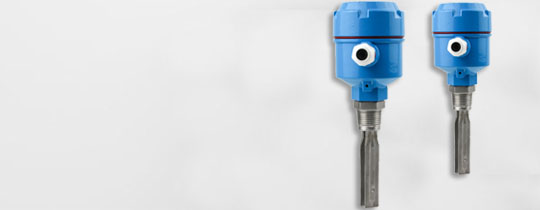
IM12-04NDS-ZW1 proximity switch
There are many types of IM12-04NDS-ZW1 proximity switches, divided by different types, including AC and DC types; There are normally open and normally closed types; There are capacitive, inductive, Hall type, and reed type; There are second and third line, as well as fourth and fifth line; For DC three wire and four wire proximity switches, there are PNP and NPN types.
- ZHUOXIN
- 24v-110v-220v-380v
- IP65
- TT, Paypal, Credit card, Western union
- +86-15163766288
- There are many types of IM12-04NDS-ZW1 proximity switches, divided by different types, including AC and DC types; There are normally open and normally closed types; There are capacitive, inductive, Hall type, and reed type; There are second and third line, as well as fourth and fifth line; For DC three wire and four wire proximity switches, there are PNP and NPN types.
Description

The IM12-04NDS-ZW1 proximity switch has a wide range of applications and is commonly used in mechanical, mining, metallurgy, power, railway, military, plastic, chemical, textile, light industry, scientific research and other departments. It is suitable for various controls such as machine tool limit, detection, counting, speed measurement, liquid level, signal, automatic line positioning and signal sending, and can control relay coils, signal lights, and digital input modules of programmable logic controllers (PLC). The following will explain the commonly used wiring methods for three wire DC proximity switches: the red (brown) wire is connected to the power supply (+), the blue wire is connected to the power supply (-), and the yellow (black) wire is the signal output terminal, which should be connected to the load (such as relay coils, signal lights, etc.). For PNP type, the output signal should be at a high level (which can be seen as the positive pole of the power supply), and the other end of the load should be connected to the negative pole of the power supply; For NPN type, the output signal is at a low level (can be seen as the negative pole of the power supply), and the other end of the load should be connected to the positive pole of the power supply, but it cannot be reversed! Proximity switches are widely used in aviation, aerospace technology, and industry. In daily life, such as hotels, restaurants, and garages, automatic doors and automatic hot air fans are all used. In terms of security and theft prevention, important places such as data archives, finance and accounting, museums, and vaults are usually equipped with anti-theft devices composed of various proximity switches. In measurement techniques, such as length and position measurement; In control technology, such as displacement, velocity, and acceleration measurement and control, a large number of proximity switches are also used. Selection precautions: In general industrial settings, eddy current proximity switches and capacitive proximity switches are usually used. Because these two types of proximity switches have lower environmental requirements. When the tested object is a conductive object or an object that can be fixed on a metal object, eddy current proximity switches are generally chosen because of their high response frequency, good resistance to environmental interference, wide application range, and low price. If the measured object is non-metal (or metal), liquid level height, powder height, plastic, tobacco, etc. A capacitive proximity switch should be selected. This type of switch has a low response frequency but good stability. Environmental factors should be considered during installation. If the object being tested is a magnetic material or if magnetic steel is buried inside the object being tested to distinguish it from objects moving together, Hall proximity switches should be used. In environments with good environmental conditions and no dust pollution, photoelectric proximity switches can be used. The photoelectric proximity switch has almost no impact on the measured object during operation. Therefore, it is widely used in high demand machines and tobacco machinery. In anti-theft systems, automatic doors typically use pyroelectric proximity switches, ultrasonic proximity switches, and microwave proximity switches. Sometimes, in order to improve the reliability of recognition, the above-mentioned proximity switches are often used in combination. Regardless of the type of proximity switch selected, attention should be paid to the requirements for various indicators such as working voltage, load current, response frequency, detection distance, etc. IM12-04NDS-ZW1 proximity switch 

Tags
Get the latest price? We'll respond as soon as possible(within 12 hours)

















